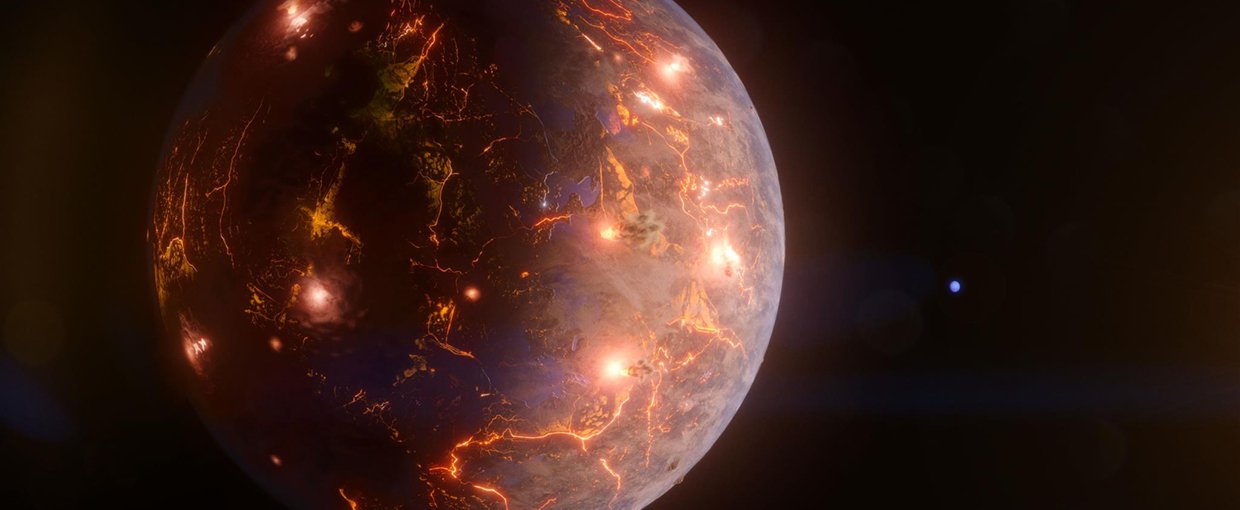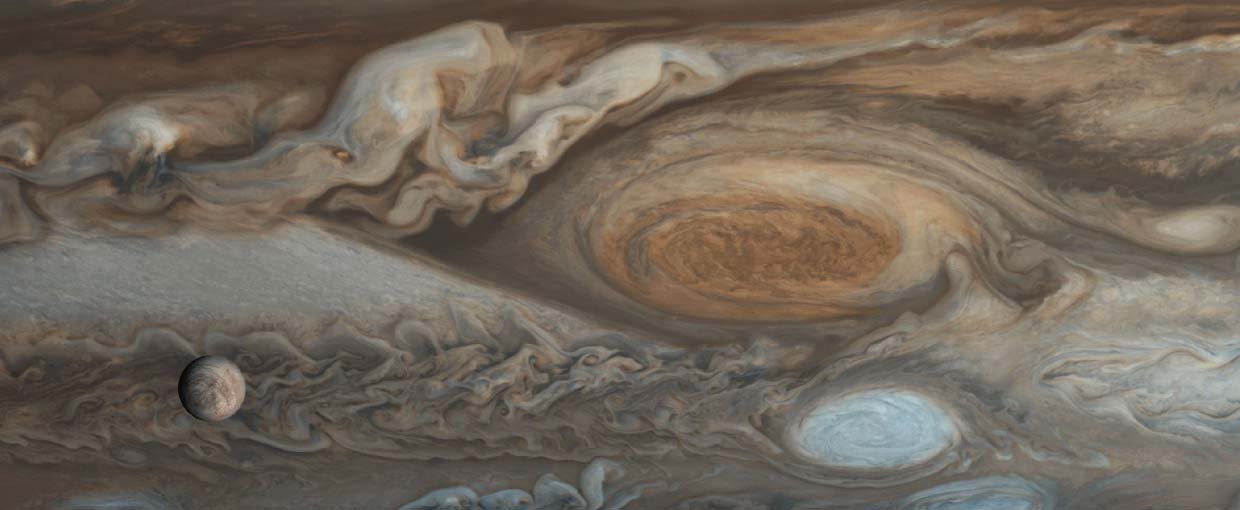Lòpez-Yglesias, X., & Flagan, R. C. (2013). Aerosol Science and Technology, 47(6), 681–687. doi:10.1080/02786826.2013.783683
López-Yglesias, X., & Flagan, R. C. (2013). Aerosol Science and Technology, 47(6), 688–704. doi:10.1080/02786826.2013.783684
Neveu, M., Kim, H-J., & Benner, S. A. (2013). Astrobiology, 13(4), 391–403. doi:10.1089/ast.2012.0868
Reinhard, C. T., Planavsky, N. J., & Lyons, T. W. (2013). Nature, 497(7447), 100–103. doi:10.1038/nature12021
Robbins, L. J., Lalonde, S. V., Saito, M. A., Planavsky, N. J., Mloszewska, A. M., Pecoits, E., … Scott, C. (2013). Geobiology, 11(4), 295–306. doi:10.1111/gbi.12036
Som, S. M., Hagadorn, J. W., Thelen, W. A., Gillespie, A. R., Catling, D. C., & Buick, R. (2013). Computers & Geosciences, 54(None), 231–238. doi:10.1016/j.cageo.2012.11.019
Sonnett, S., Meech, K., Jedicke, R., Bus, S., Tonry, J., & Hainaut, O. (2013). Publications of the Astronomical Society of the Pacific, 125(926), 456–469. doi:10.1086/670593
Wang, Y., Griffin, P., Jin, K., Fogel, M. L., Steele, A., & Cody, G. D. (2013). Organic Geochemistry, 57(None), 84–94. doi:10.1016/j.orggeochem.2013.01.013
Barnes, R., & Heller, R. (2013). Astrobiology, 13(3), 279–291. doi:10.1089/ast.2012.0867
Barnes, R., Mullins, K., Goldblatt, C., Meadows, V. S., Kasting, J. F., & Heller, R. (2013). Astrobiology, 13(3), 225–250. doi:10.1089/ast.2012.0851



